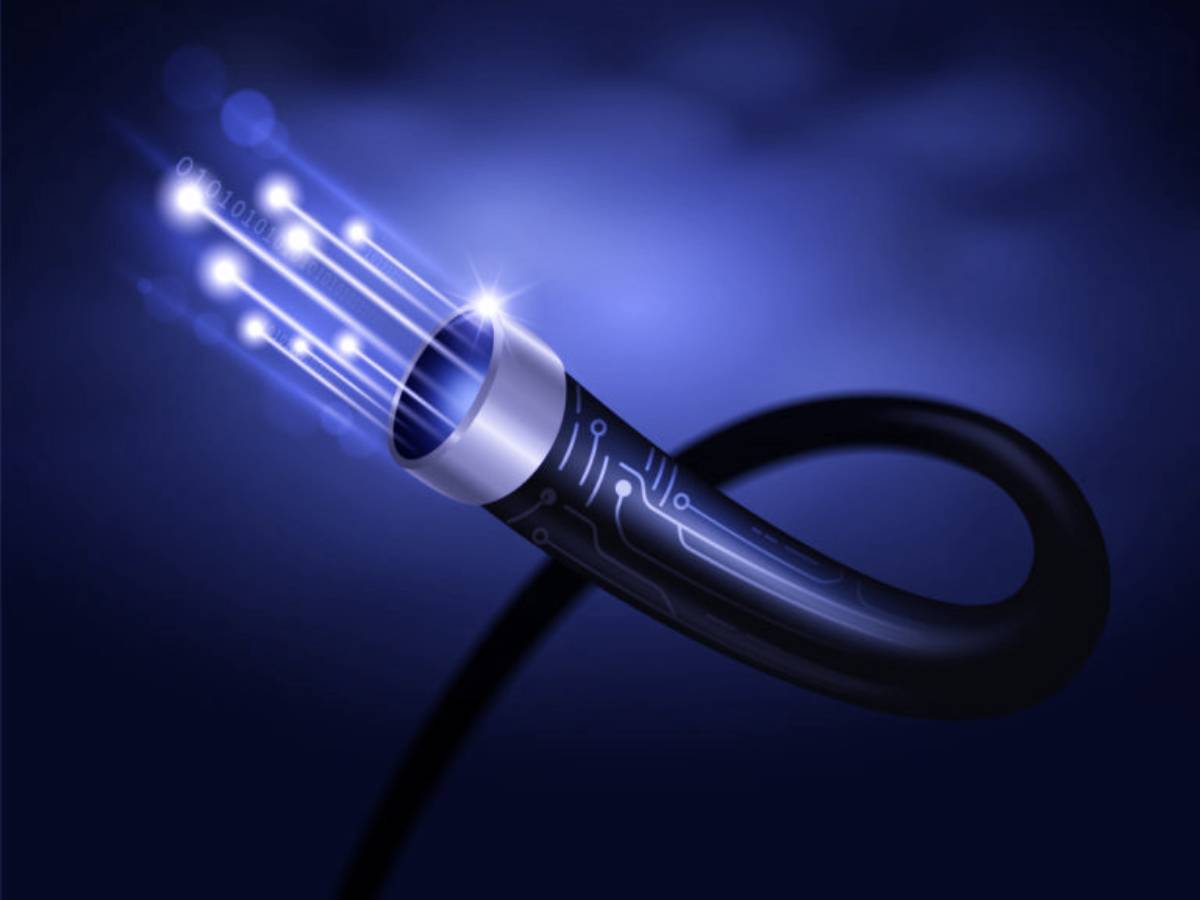We know it seems like a complicated question, but don’t worry! In case you do not know what types of fiber optics exist, we have the definitive guide so that you can solve all your doubts and know which one to choose.
And as you may also know, in this house of what we are also good fiber, that’s why run to take a look at the best fiber offers. Fly!
Once we understand fiber optics and how it works, it is normal for us to be assailed by doubts about the different types that exist. In summary, they are classified in this way:
- Optical fiber depending on the type of cable
- Optical fiber depends on the wiring termination.
- The optical fiber according to its mode of transmission.
Table of Contents
Optical Fiber Depending on The Type of Cable
Single-mode fiber optic cable: its diameter is between 8 and 10 microns (a very small unit, one-thousandth of a millimeter) that gives rise to a single mode of transmission. This means it can transmit signals over a greater distance if we compare it with a multimode cable. Thus, you can reach a space 50 times greater with a single-mode line.
And what are its disadvantages, then? Its price, on the other hand, maybe higher. Generally, this type of cable is used to send data in multi-frequency.
Multimode fiber optic cable: it is normal that its diameter is greater than that of a single-mode line and has between 50 and 62.5 microns. This makes it possible for you to transmit in broadband at high speeds. It is normally used for shorter distances. As for its price, it is cheaper. This multimode cable classification also highlights 5 types: OM1, OM2, OM3, OM4 and OM5.
As you can see, there are differences between single-mode and multimode fiber that you should consider, but stop there! We still have one more option on this list:
POF or Plastic Optical Fiber: This option is ideal for sites where there are coverage issues. One of its main features is that it is made of plastic (which contributes to its durability) and is very flexible. In addition, it is positioned as especially affordable in terms of its price.
The Optical Fiber, According To The Wiring Termination.
- FTTH: the origin of its name comes from the English ( fiber to the home ) and means thread to the house. It is the most common type of connection, direct and reliable since all its cables are fiber optic. It connects homes, offices or the like with the operator’s switchboard and is also known as shared fiber.
- FTTN: In fiber to the node (which means thread to the node), the connection is directed from the main hub to an intermediate node and, from there, through a coaxial or copper cable, it connects with the place from where it is connected. You have contracted the service.
- FTTA: is the acronym for fiber to the antenna. Directs the fiber optic connection towards the telephone antennas to provide high speed. It is ideal for covering a higher mobile bandwidth for smartphones and tablets.
- FTTB: fiber to the building or thread to the building has the particularity that the fiber optic connection reaches a building through a coaxial or copper cable. Once there, it is distributed to each home or room (depending on the type of building in question).
The Optical Fiber, According To Its Mode of Transmission.
Simplex Fiber Optic: In this type, signals flow in only one direction, making it an excellent option for sending information that floats over long distances and unidirectionally. It consists of a connector at each end (the transmitter is in one, and the receiver is in the other; these cannot be interchanged).
Duplex fiber optic: Here, the signals circulate bidirectionally, unlike what happens with simplex fiber optics. In this type of fiber, there is the half-duplex style (it sends passwords in both directions but in a single order simultaneously) and the full-duplex (the signals are transmitted simultaneously in two different directions).
So, What Type of Fiber Optics Should You Choose?
After this complete review, surely you want us to give you the magic key to choosing the best type of fiber optic. The quick answer is that it depends on the needs and characteristics of the site where you want to contract the services. However, we leave you some criteria to take into account so that you make the best decision:
- Look at the type of building (is this your home? an office? or a large company?).
- Look at your budget ( the price you will pay can also help you decide on one option or another).
- Look at the data flow you need (do you want the information to travel long distances? One way? Bidirectionally, and simultaneously?).
Now that you know the types of fiber optics, the decision is in your hands. Still, if you want to go even further because your curiosity is piqued, we leave you some interesting information about symmetrical fiber optics.
Also Read: Differences Between Fiber And Cable For Connectivity

